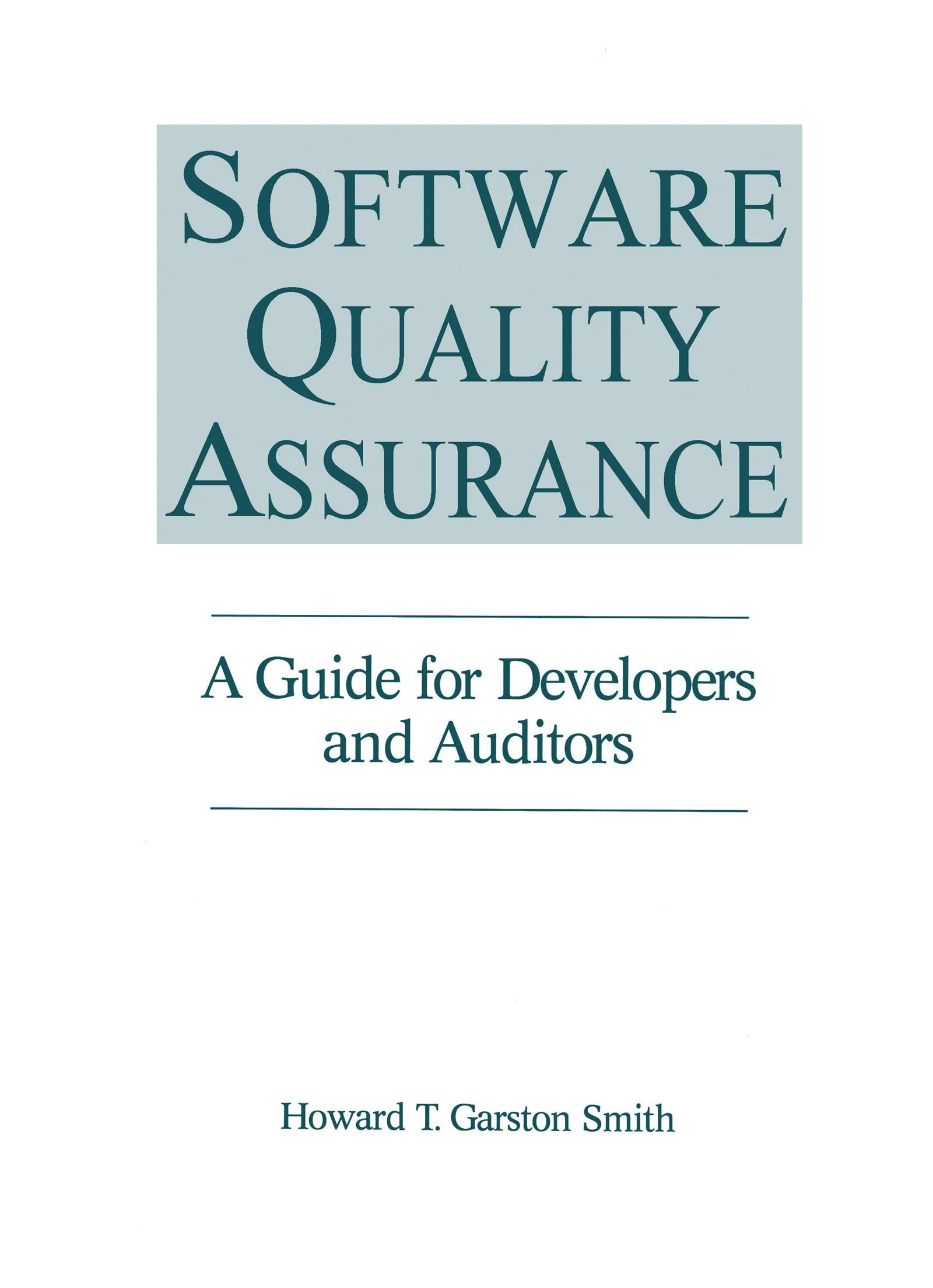please answer all questions

2004 20052006 2000 30003200 Year Adult Number of employed 14001300 1600 Number of unemployed ulation 200 200 600 1. Refer to Table. The unemployment rate of Chile in 2006 was 6.25%. a. 12.5%. 56.25% C. d. 2. Refer to Table. The labor-force participation rate of Chile in 2005 was 43.3%. a. b. 54.2%. . 63.3%. d. 68.4%. 3. More generous unemployment insurance would a. raise structural unemployment. b. raise frictional unemployment. c. lower structural unemployment. d. lower frictional unemplovment. 4. When a minimum-wage law forces the wage to remain above the level that balances supply and demand, it raises the quantity of labor supplied and raises the quantity of labor demanded compared to the equilibrium level. a. b. raises the quantity of labor supplied and reduces the quantity of labor demanded compared to the equilibrium level. reduces the quantity of labor supplied and raises the quantity of labor demanded compared to the equilibrium level. reduces the quantity of labor supplied and reduces the quantity of labor demanded compared to the equilibrium level. c. d. compared to the equilibrium level. 5. If the wage is kept above the equilibrium wage for any reason, the result is a. cyclical unemployment. b. frictional unemployment c. seasonal unemployment. d. structural unemployment. 6. When a union bargains successfully with employers, in that industry a. both the quantity of labor supplied and the quantity of labor demanded increase both the quantity of labor supplied and the quantity of labor demanded decrease the quantity of labor supplied increases and the quantity of labor demanded decreases. the quantity of labor demanded increases and the quantity of labor supplied decreases. b. c. d. 7. When unions raise wages in some sectors of the economy, the supply of labor in other sectors of the economy a. decreases, raising wages in industries that b. decreases, reducing wages in industries c. increases, raising wages in industries that d. increases, reducing wages in industries that are not unionized that are not unionized. are not unionized are not unionized 8. Angel is a full-time homemaker not currently searching for other work. Sandy is a full-time student who is not looking for a job. Who is included in the labor force by the Bureau of Labor Statistics? a. only Angel b. only Sandy c. both Andy and Sandy d. neither Andy nor Sandy 9. Nick owns his own business. The Bureau of Labor Statistics counts Nick as a. unemployed and in the labor force. b. unemployed and not in the labor force c. employed and in the labor force d. employed and not in the labor force. 10. Dany is an unpaid worker in his family's bakery The Bureau of Labor Statistics counts Dany as a. unemployed and in the labor force. b. unemployed and not in the labor force. c. employed and in the labor force d. employed and not in the labor force. 1. An economy's natural rate of unemployment is the economy's long-run target level of a. unemployment. b. the amount of unemployment that the c. the lowest rate of unemployment the d. All of the above are correct. y normally experiences. econom economy can achieve 12. The deviation of unemployment from its natural rate is called a. the unnatural rate of unemployment. b. structural unemployment. c. frictional unemployment. d. cyclical unemployment. 13. The Bureau of Labor Statistics produces data on unemployment a. weekly b. monthly c. quarterly d. yearly 14. Adrian owns her own business. Mike is an unpaid worker in his family's business. Who is included in the Bureau of Labor Statistics "employed" category? a. only Adrian b. only Mike c. both Adrian and Mike d. neither Adrian nor Mike 15. The Bureau of Labor Statistics counts a member of a surveyed household as an adult if that person is at least 14 years old. 16 years old. c. 18 years old d. 21 years old. a. b











